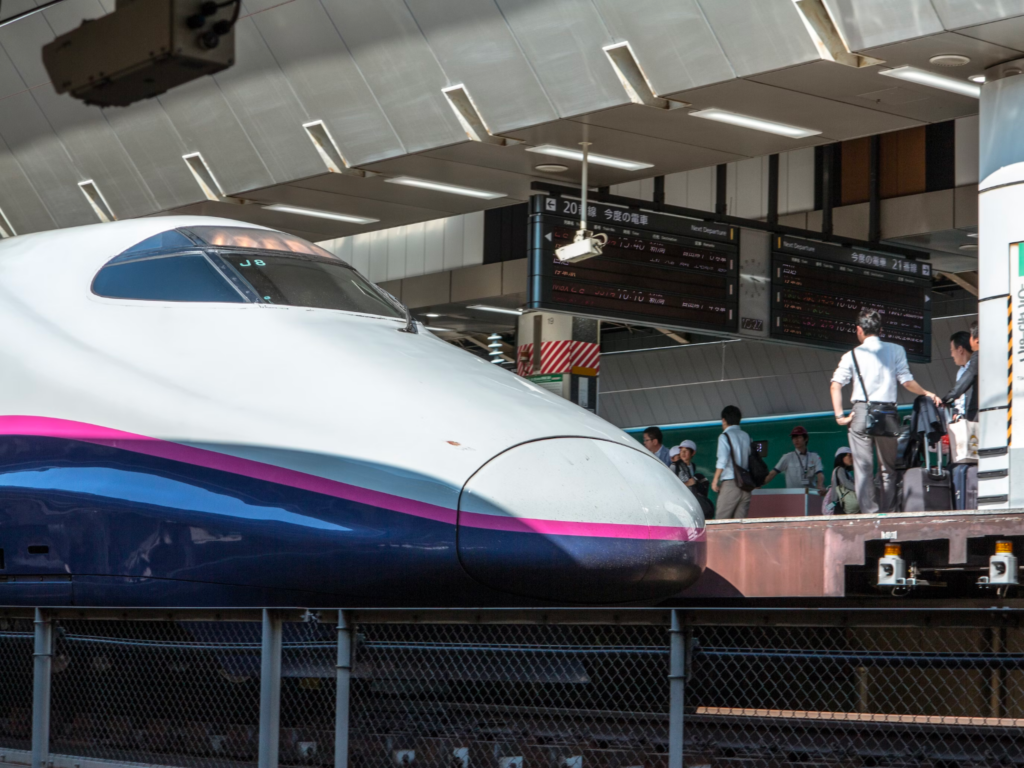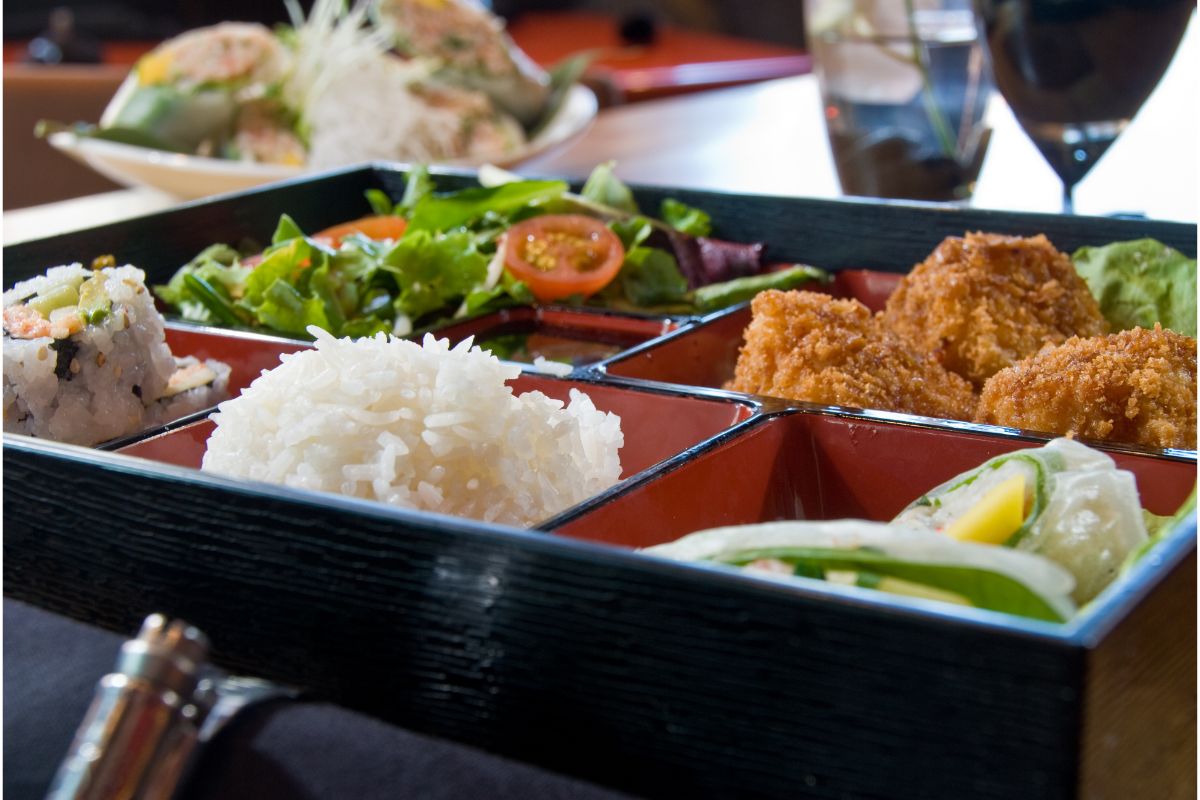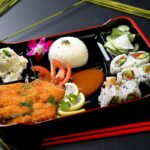
In Japan, where tradition meets innovation, a simple train ride transforms into an unforgettable culinary journey. The Shinkansen, Japan’s high-speed rail network, isn’t just renowned for its punctuality, efficiency, and comfort but also for its unique gastronomic offering – the Shinkansen Bento.
Also known as Ekiben, these beautifully arranged train station box lunches are an intrinsic part of the Japanese travel experience. Let’s dive in and explore the intriguing world of these delightful meal boxes.
A Bite-Sized History of Shinkansen Bento
The term Ekiben combines ‘eki’ (station) and ‘ben’ (short for bento, the traditional Japanese lunch box). They made their first appearance in the late 19th century to cater to long-distance travelers.
As Japan’s rail network expanded, so did the diversity and popularity of Ekiben. Each region started to showcase its local produce and culinary prowess through these box lunches, creating an exciting edible mosaic of Japan’s food culture.
The Aesthetics of Shinkansen Bento
One thing that immediately strikes you about Ekiben is its visual appeal. Carefully packed into beautifully crafted boxes, these meals are a feast for the eyes. Traditional Ekiben boxes may be made from bamboo or lacquered wood, while contemporary versions use plastic or cardboard, often with creative and visually striking designs.
The interior arrangement is just as impressive. Japanese culinary aesthetics emphasize harmony, balance, and the celebration of seasonal ingredients. Each bento is a miniature culinary canvas filled with colorful vegetables, meats, and seafood, all meticulously arranged to create a visually pleasing and delicious experience.
The Tastes of Japan: Ekiben Varieties
Just as the Shinkansen takes you through different regions of Japan, Ekiben offers a culinary tour of the country’s diverse food landscape. Many Ekiben features region-specific recipes, offering travelers a taste of local flavors.
- For example, if you are traveling in Hokkaido, don’t miss the ‘Seafood Bento’, an assortment of fresh seafood caught in Hokkaido’s bountiful waters.
- A journey through the Niigata Prefecture offers the chance to taste the ‘Echigo Bento’, featuring succulent sushi wrapped in bamboo leaves.
- And as you pass through Kyoto, the ‘Kyo-Kaiseki Bento’, a compact version of the traditional Kaiseki meal, celebrates Kyoto’s refined and delicate flavors.
Where and How to Buy Ekiben
You can find Ekiben at the Shinkansen stations, neatly displayed in food kiosks, delicatessens, and even vending machines. Each box typically costs between 800 to 2,000 yen, depending on the ingredients and complexity.
When choosing, take a moment to look at the photos or plastic models displayed, showcasing what’s inside each box. With hundreds of varieties available, this can be a difficult choice! Once purchased, these portable and convenient meals can be enjoyed on the train, with most boxes even including disposable chopsticks and condiments.
The Experience of Shinkansen Bento
The magic of Ekiben lies not just in its taste but in the whole experience. As the Japanese landscape whizzes past your window, the act of opening an Ekiben, taking in its aesthetic arrangement, and savoring the meal becomes a comforting ritual that enhances your journey. With every bite, you’re not only nourishing your body but also enriching your understanding of Japan’s culinary geography.
Try a Shinkansen Bento next time you take a train in Japan
Whether you’re a seasoned globetrotter or a food enthusiast, the Shinkansen Bento is a journey worth taking. More than just a meal, each Ekiben tells a story of the region it hails from, reflecting its history, culture, and the season in which you travel.
This unique combination of travel and taste offers a delightful, memorable way to explore the land of the rising sun.
Next time you find yourself on a Shinkansen, remember to embark on the culinary adventure that is the Ekiben. You’ll find it’s a trip in itself, a box filled not just with food but with an essential taste of Japan.
- Writing & Understanding Haiku Poetry - May 25, 2023
- Shinkansen Bento: A Guide to the Delicious Train Station Box Lunches - May 25, 2023
- What is Takoyaki? - May 25, 2023








